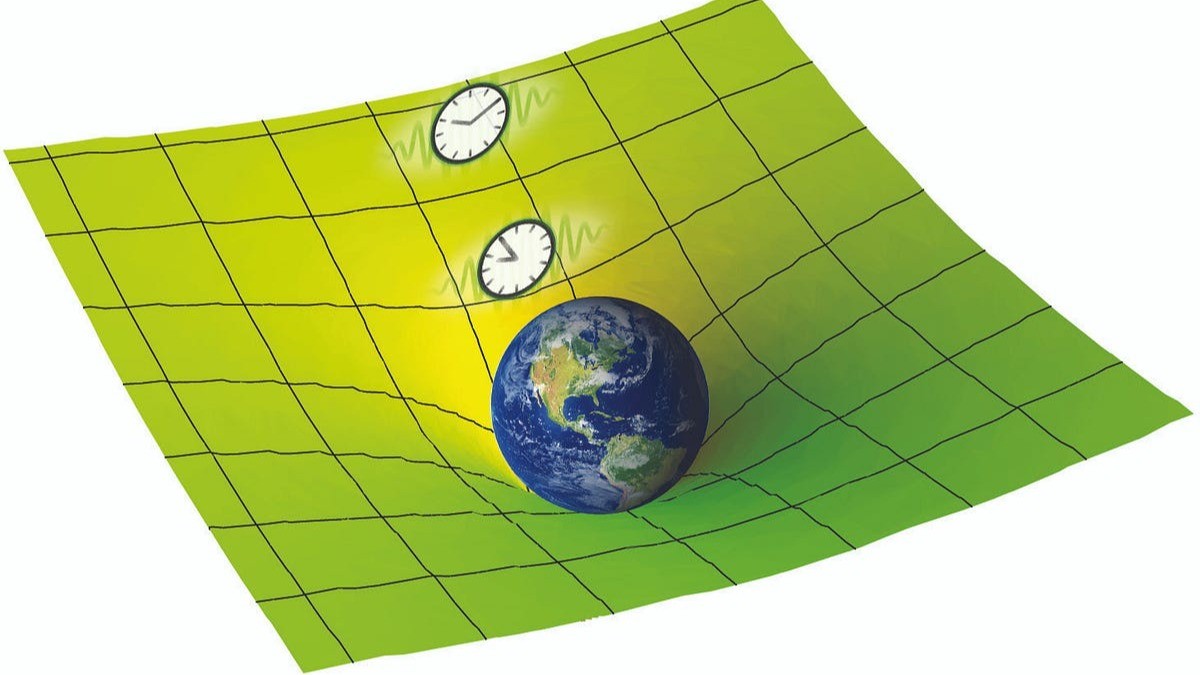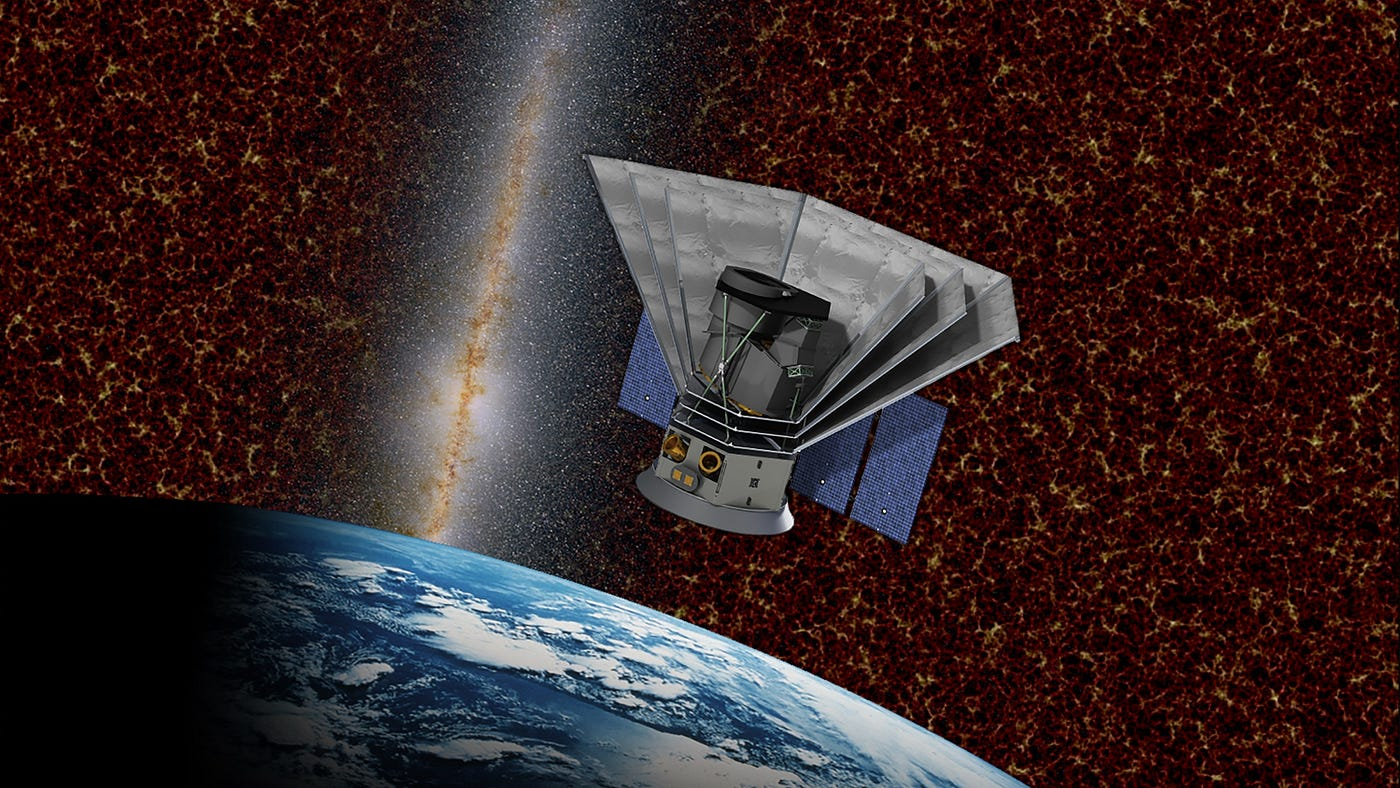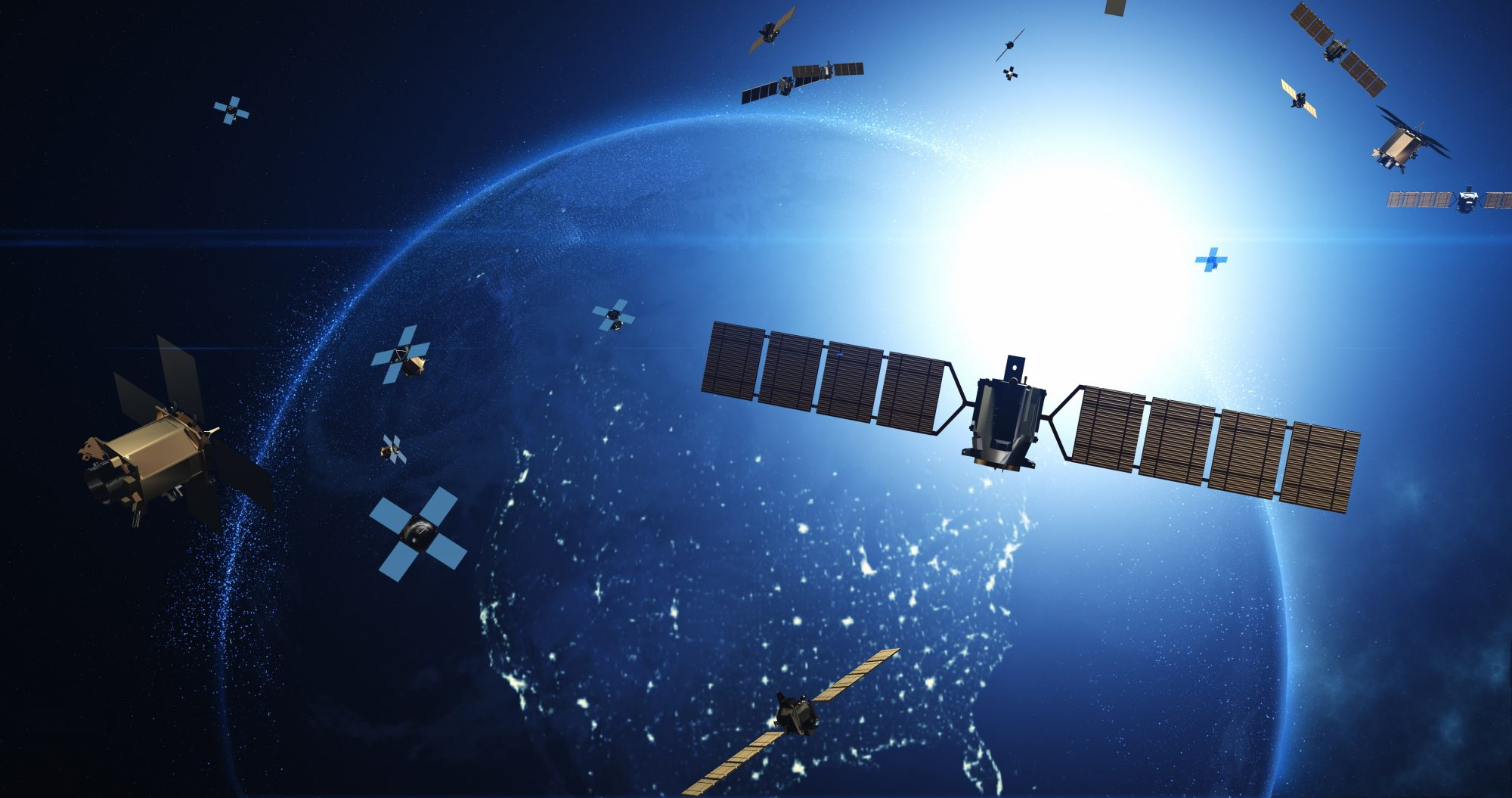One of the most mind-bending concepts in modern physics is time dilation, a phenomenon predicted by Einstein’s theory of relativity. In simple terms, time slows down for objects moving close to the speed of light compared to those at rest. While this might sound like science fiction, time dilation has been experimentally confirmed and is even factored into everyday technologies like GPS satellites. Its real-world implications and scientific backing make it a powerful example of Google’s E-E-A-T standards—supported by extensive research, expert consensus, and reproducible evidence.
Time dilation occurs because, according to Einstein’s special relativity, time and space are interconnected and relative to the observer’s motion. For astronauts traveling in a high-speed spacecraft, time actually ticks slower for them than for people on Earth. This has been confirmed in experiments using extremely fast-moving atomic clocks, which, when compared to stationary ones, show measurable differences in elapsed time—even if only by nanoseconds. The faster an object moves, the more pronounced the effect becomes.
While the idea of time bending can feel abstract, it’s essential for technologies like satellite navigation. GPS systems rely on precise timing signals, and without correcting for time dilation caused by both their high speed and distance from Earth’s gravity, location data would be wildly inaccurate. Time dilation reminds us that our intuitive understanding of time is only part of the story—at high speeds, physics bends the rules in ways both strange and fascinating.







